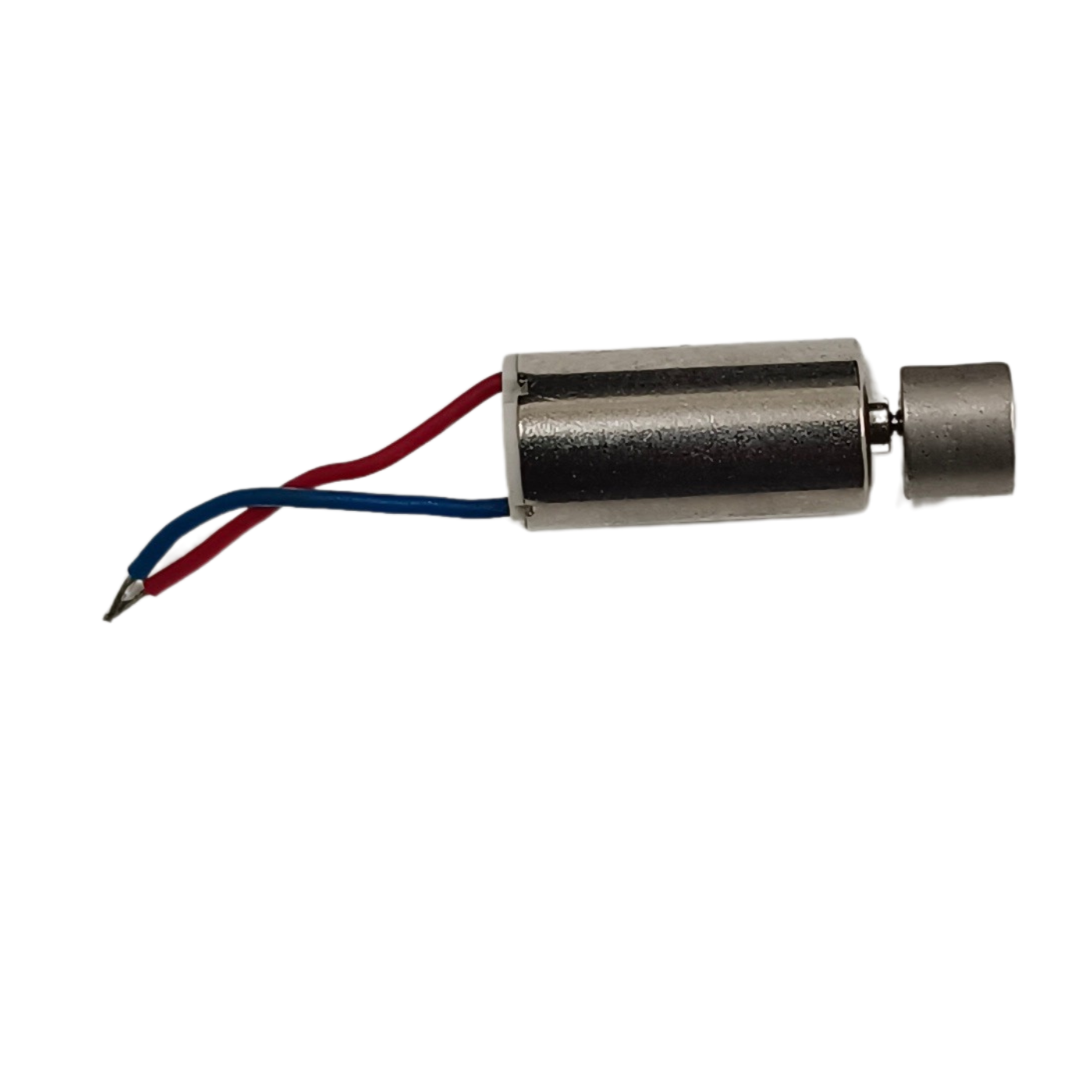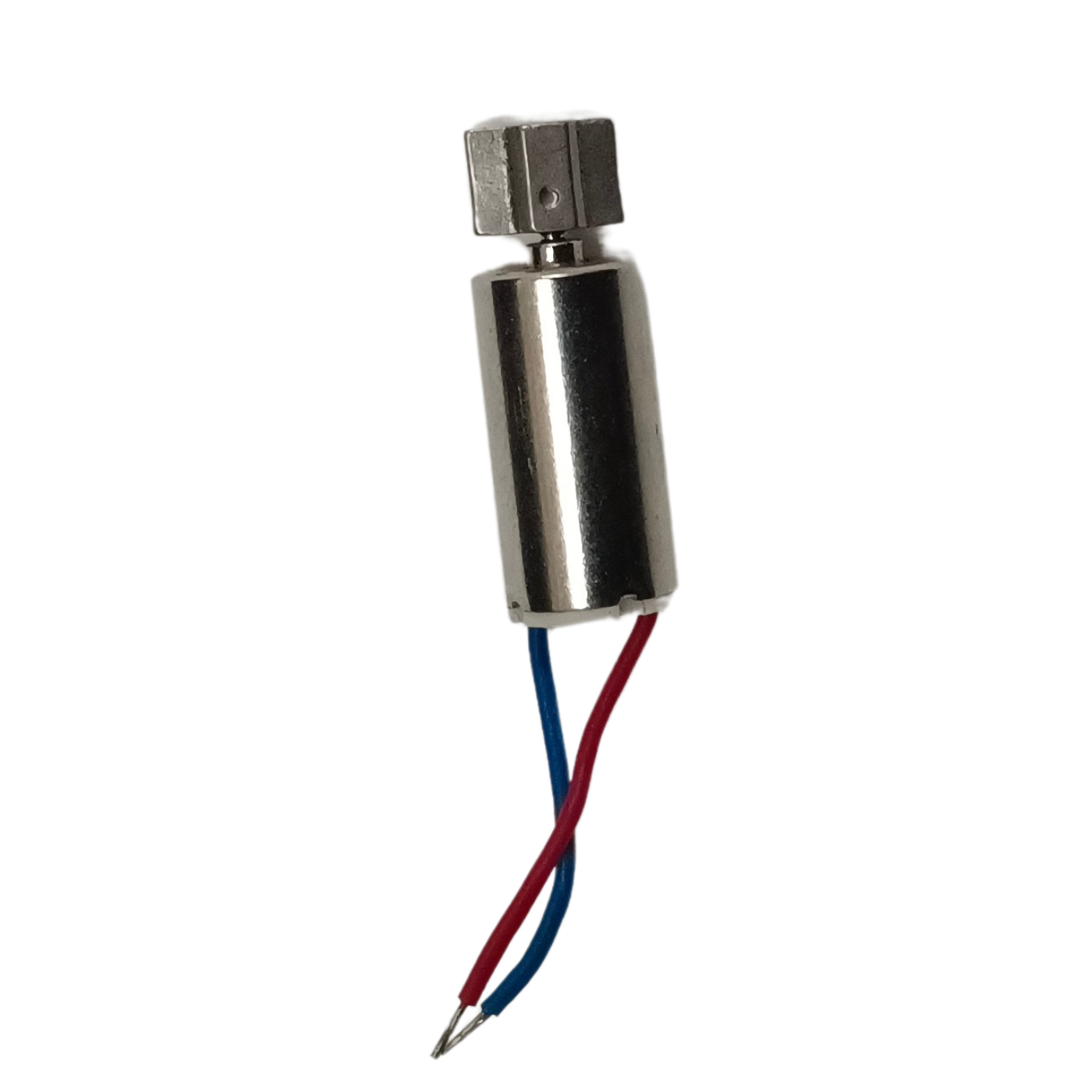Micro Vibration Motor
Micro vibration motors are small, high-torque motors that are designed to produce vibration. They are commonly used in a wide range of applications, including mobile devices, gaming controllers, and other electronic devices that require vibration feedback.
Micro vibration motors typically have a diameter of a few millimeters to a few centimeters and can be driven by a DC voltage or current. They are usually designed to operate at low voltage and current levels, and are often controlled using pulse-width modulation (PWM) techniques to adjust the intensity of the vibration.
Micro-vibration motors are widely available from a variety of manufacturers and distributors, and can be purchased online or from electronics stores. They are relatively inexpensive and are commonly used in a wide range of electronic projects and applications.
Features:
- Small Compact Size
- Metal Body
- High efficiency
- Long life span
Applications:
-
Mobile devices
-
Gaming controllers
- Fitness trackers
Also check Vibration Motor available on the ROBOCRAZE website. It is a small-sized motor made from Toy Motor, designed for high stability and quick assembly. The motor operates within a voltage range of 4.5V to 6V, with a nominal operating voltage of 5V. It is known for its stable performance, high-temperature resistance, and long service time.


















